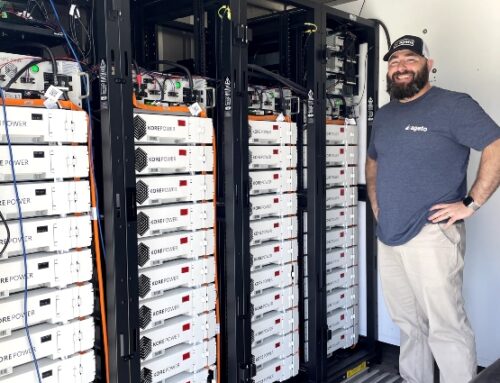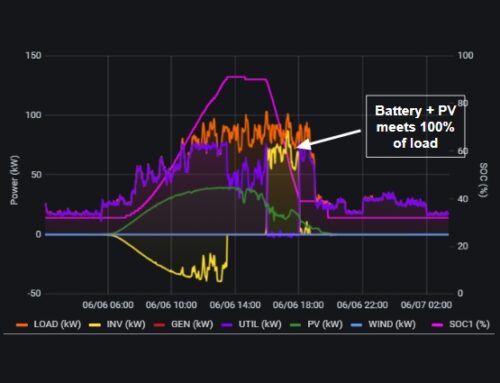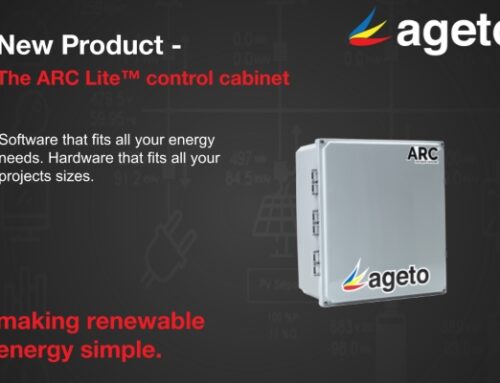Many know that in power generation, curtailment just means to intentionally reduce an electrical output in order to balance the energy supply in a closed system. In grid-tied microgrids with an export limit, islandable systems, or fully off-grid systems, the solar array can produce more than the load at a point where the energy storage cannot be charged any higher. At this point solar power must be curtailed so as not to over power the microgrid system. But did you know there are a few ways to do this?
#1 Opening a contactor to drop (all or some) solar power offline: Opening a contactor means that a string or portion of the array is dropped and the power can’t be used. This method accomplishes the goal, but leaves a lot of room to waste usable energy.
#2 Bringing on ancillary loads (whether useful or not): Turning on a water pump or dropping the temperature a few degrees to utilize your AC during excess solar periods is a great way to use available energy. A challenge can be that loads are not an exact science, and may need to be combined with other curtailment methods such as controllable loads. This can be a good way to get more use out of your excess solar power.
#3 Active or automatic curtailment: In a system with an advanced microgrid controller (and a capable solar inverter), a more sophisticated method of curtailment can be used in which the microgrid controller monitors the load and sends setpoints to the solar inverters every second to curtail them only as much as needed. The solar production can then follow the load. This allows for every last drop of available energy to be squeezed out of the solar array without overpowering the system (and can also be paired with #2).

The above graph shows the performance of an off-grid system in Wyoming during a day in July. On a sunny day, the energy storage was filled around 11 am. Rather than drop the solar offline, active solar curtailment was used as described in point #3. The batteries are now able to start the evening at a high state of charge and the system is more likely to make it through the night with out needing to start the generators.
The amount of solar power curtailed in a system can have substantial impacts on the payback of the system. To maximize ROI and decrease payback time, it is important to use as much of the free 100% renewable solar energy as possible.





